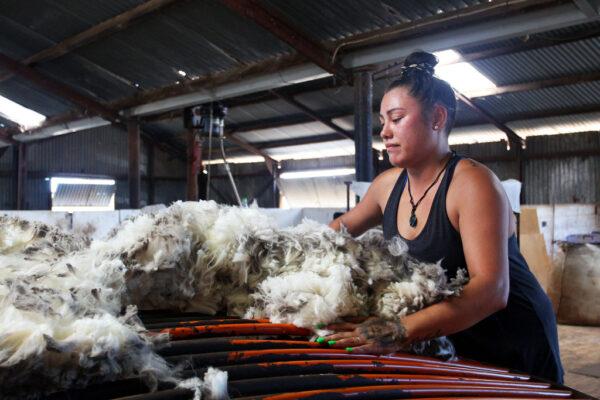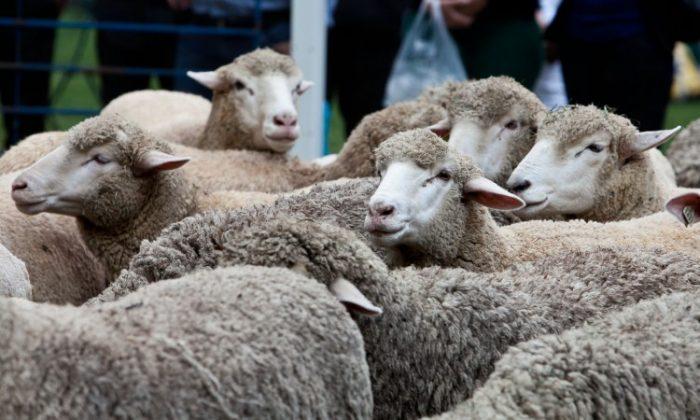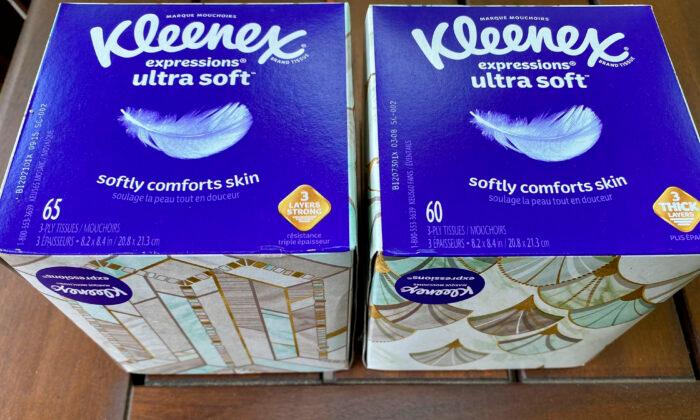A new report has forecasted that demand for wool from Australia—which controls 90 percent of global exports—will rise as people head back into the office and pick up office suits, blazers, and ties again.
The bank’s analyst Dennis Voznesenski said in their new report that Australian wool sales were regaining strength in the US and France.
“The recovery in office-wear demand may see suit sales growth rise above general retail apparel in 2022,” he said.

“Even if we see an interest rate-induced slowdown in the world economy this year, we expect the demand for wool from workers returning to offices and buying suits to be the more important variable for wool.”
But the wool industry is tempering its expectations due to logistical challenges which remain as the economy recovers in the post-CCP virus era.
“There’s confidence in the market now ... but the biggest issue is the shipping,” executive director of the Australian Council of Wool Exporters and Processors Peter Morgan told AAP.
He said that the industry is still getting back on its feet after the pandemic gave it a “kick in the guts” with congestions causing delays for over a month.

Voznesenski also called attention to China, a major buyer of Australian wool.
Demand was once driven by Italian clothes makers but has now been taken over by Chinese wool mills, who make up around two-thirds of the industry in exports, according to government figures.
He highlighted the need to watch the trend of Chinese office workers moving towards relaxed office wear.
“There has been anecdotal evidence of casualisation among Chinese office workers, with more emphasis on business casual and less on suits,” he said.
“Whether this is temporary or permanent will determine the micron type and volume required for the domestic Chinese market in the future,” he said.
The Australian Wool Production Forecasting Committee estimates that Australian wool production will rise in 2022 by eight percent from COVID-19 disrupted 2020 due to more favourable conditions and consumer confidence.






Friends Read Free